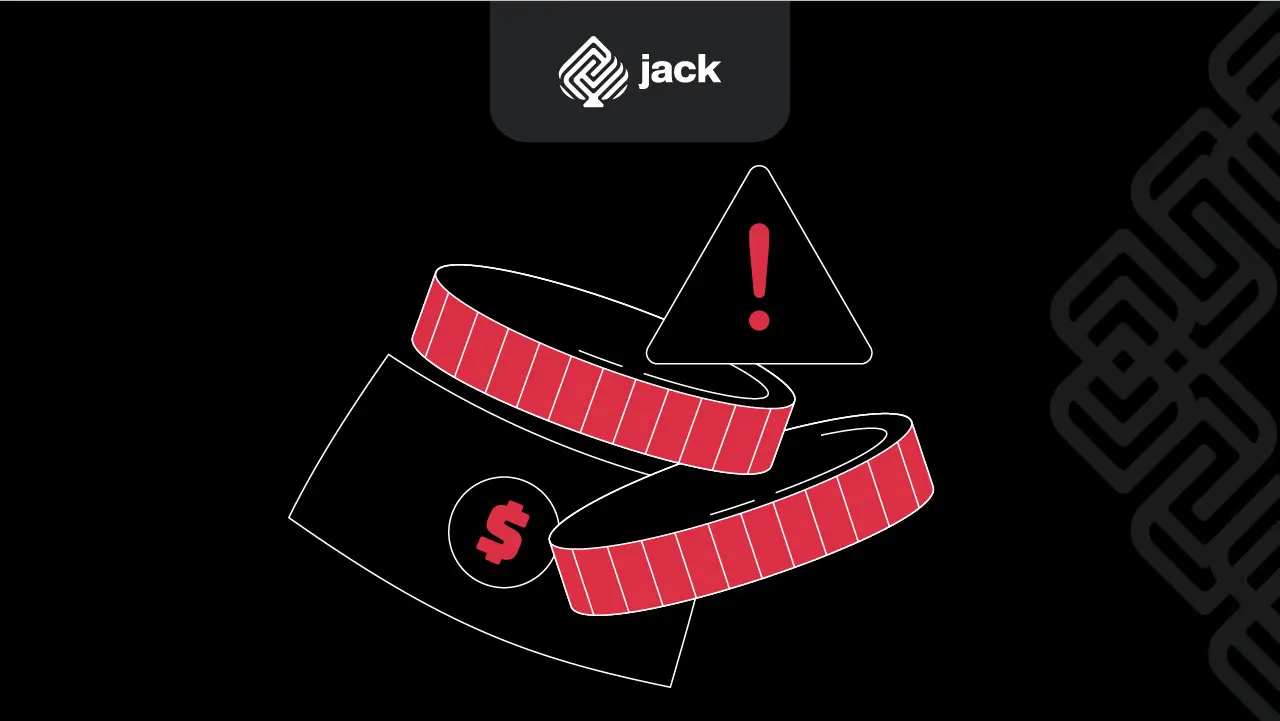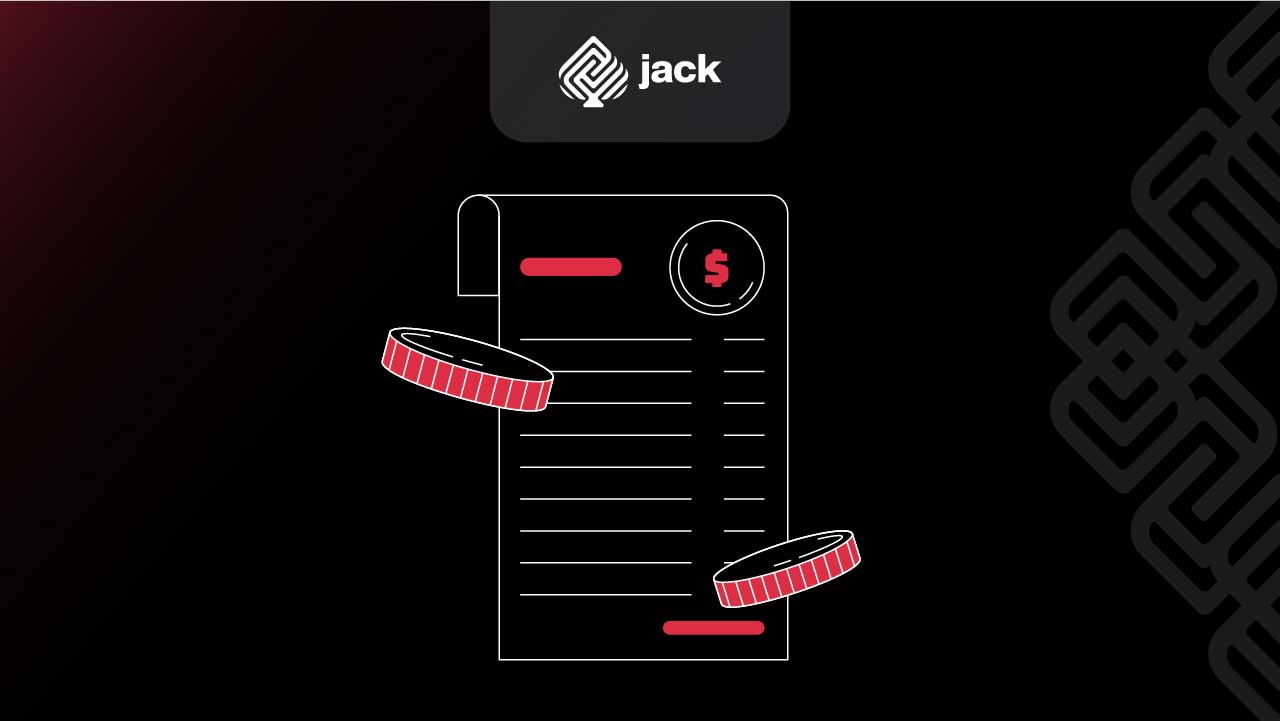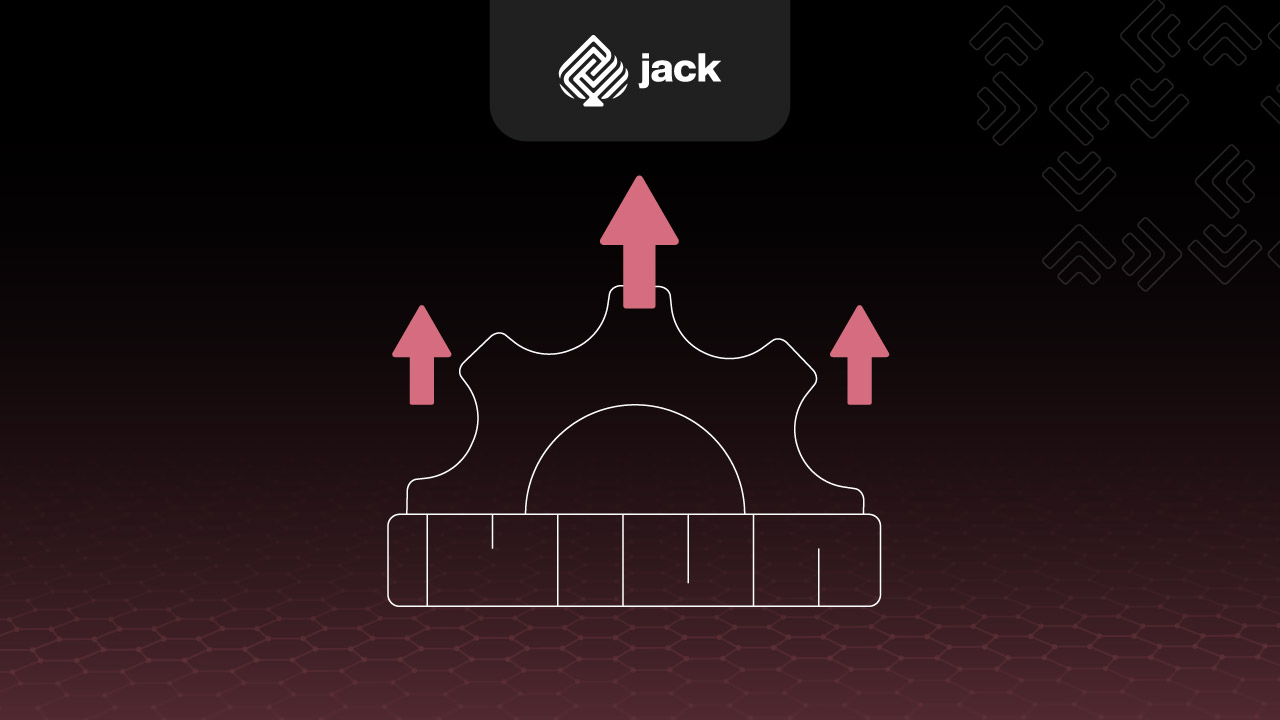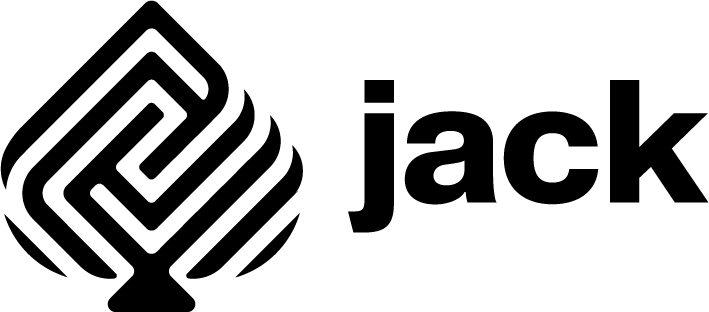For many companies, a reimbursement system is a crucial part of financial management, ensuring that employees’ legitimate expenses are reimbursed according to company policies. This system not only reduces employees’ financial burden but also helps maintain healthy cash flow within the business.
However, even though this process is common, some people may not fully understand what a reimbursement system is, how it works, and what needs to be done to manage it effectively. Let’s explore it together!
Also read: Easier, Automatic, and Real-Time Transactions with API Disbursement
What Is a Reimbursement System?

Simply put, reimbursement is the process of reimbursing employees for expenses they have incurred for work-related purposes. According to Investopedia, reimbursement is compensation paid by an organization to cover costs incurred by employees, customers, or other parties, such as business expenses, insurance claims, and tax overpayments. Unlike regular compensation, reimbursements are not taxable, making them financially beneficial for employees.
For example, if an employee needs to travel for a business trip and pays for transportation or accommodation, the company will reimburse those expenses based on its policies. The reimbursement process usually involves filling out a claim form detailing the expense along with supporting documents such as receipts or invoices. Today, many companies have switched to digital systems to streamline this process, making it faster and more efficient.
Also read: How to Choose the Best Virtual Credit Card Services
How Does a Reimbursement System Work?
For a company, having a clear reimbursement system is essential for both employees and financial management. Here’s an overview of the general steps in the process:
1. Employees Incur Expenses
The process starts when an employee spends money on work-related tasks. This could include transportation costs, accommodation, office supplies, or any other pre-approved business expenses.
2. Submitting a Reimbursement Form
After incurring expenses, the employee fills out a reimbursement claim form. This form typically includes details such as the type of expense, the amount, and supporting documents like receipts or invoices. It is crucial for employees to provide complete and accurate information to ensure smooth processing.
3. Verification and Approval
The submitted claim form is then reviewed by management or the finance department. They check whether the expenses comply with company policies. Once approved, the claim moves forward for reimbursement.
4. Reimbursement Payment
Once the claim is approved, the company processes the reimbursement payment. This is usually done via bank transfer or other agreed-upon payment methods.
5. Financial Reporting
For auditing and financial record-keeping, every approved reimbursement claim is logged in the company’s expense reports. This helps businesses maintain budget control and financial transparency.
Types of Expenses Eligible for Reimbursement

Reimbursement systems cover various types of business-related expenses. Below are some common ones.
1. Transportation Costs
Employees who travel for work can claim reimbursement for plane tickets, train fares, fuel costs, or mileage. This is one of the most frequently reimbursed expenses.
2. Accommodation
If business travel requires an overnight stay, expenses for hotels or other lodging can be reimbursed, usually within company policy limits.
3. Meals and Refreshments
Companies often cover meal expenses for employees during business trips. However, there may be daily or per-meal limits based on company policies.
4. Office Supplies or Work-Related Materials
If an employee purchases office equipment or work materials, the company may reimburse the cost, as long as it was pre-approved.
5. Other Work-Related Costs
Some companies also reimburse parking fees, communication expenses, and administrative costs related to work.
Spend with Flexibility, Anywhere with Jack
Reimbursement Policy Requirements
To ensure a smooth reimbursement process, employees must adhere to the following requirements:
1. The Expense Must Be Work-Related
Reimbursement is only given for necessary business expenses. Personal expenses not related to work are not eligible for reimbursement.
2. Valid Proof of Expense
Every reimbursement claim must be supported by valid proof, such as receipts, invoices, or tickets. Without these, the claim may be denied.
3. Submission Within the Deadline
Most companies set a submission deadline (e.g., 30–60 days after the expense is incurred). Employees must submit their claims on time to avoid rejection.
4. Complete and Accurate Claim Forms
Employees must fill out claim forms correctly and completely. Incomplete forms can delay or prevent reimbursement.
5. Compliance with Company Policy
Each company has its own reimbursement rules, including eligible expenses, spending limits, and claim procedures. Employees should familiarize themselves with these policies to avoid misunderstandings.
Benefits of a Reimbursement System for Companies and Employees

For Companies:
- Improves Employee Satisfaction – A fair reimbursement system ensures employees feel supported, increasing morale and motivation.
- Better Financial Management – Helps companies organize expenses transparently and manage budgets more effectively.
- Prevents Fraud – Standardized claim forms and required proof of expenses help prevent fraudulent claims.
For Employees:
- Reduces Financial Burden – Employees don’t have to worry about personal expenses for work-related needs.
- Transparent Process – A structured reimbursement system helps employees understand which expenses are eligible.
- Increases Trust in the Company – A company that processes reimbursements efficiently earns employees’ trust and demonstrates care for their well-being.
It’s essential for companies to establish clear reimbursement policies, and for employees to understand the terms to ensure a smooth claims process.
Streamline Your Company’s Reimbursement Process with Jack
Managing reimbursements manually can be time-consuming and inefficient. If your company wants to automate and simplify the reimbursement process, it’s time to switch to a reliable digital solution.
Jack Reimbursement is the ideal platform to streamline your company’s reimbursement system. With comprehensive features and an integrated system, Jack ensures every claim is processed efficiently and transparently.
Don’t let a complicated reimbursement process slow down your business! Register your company now and get the best digital reimbursement management solution with Jack.






